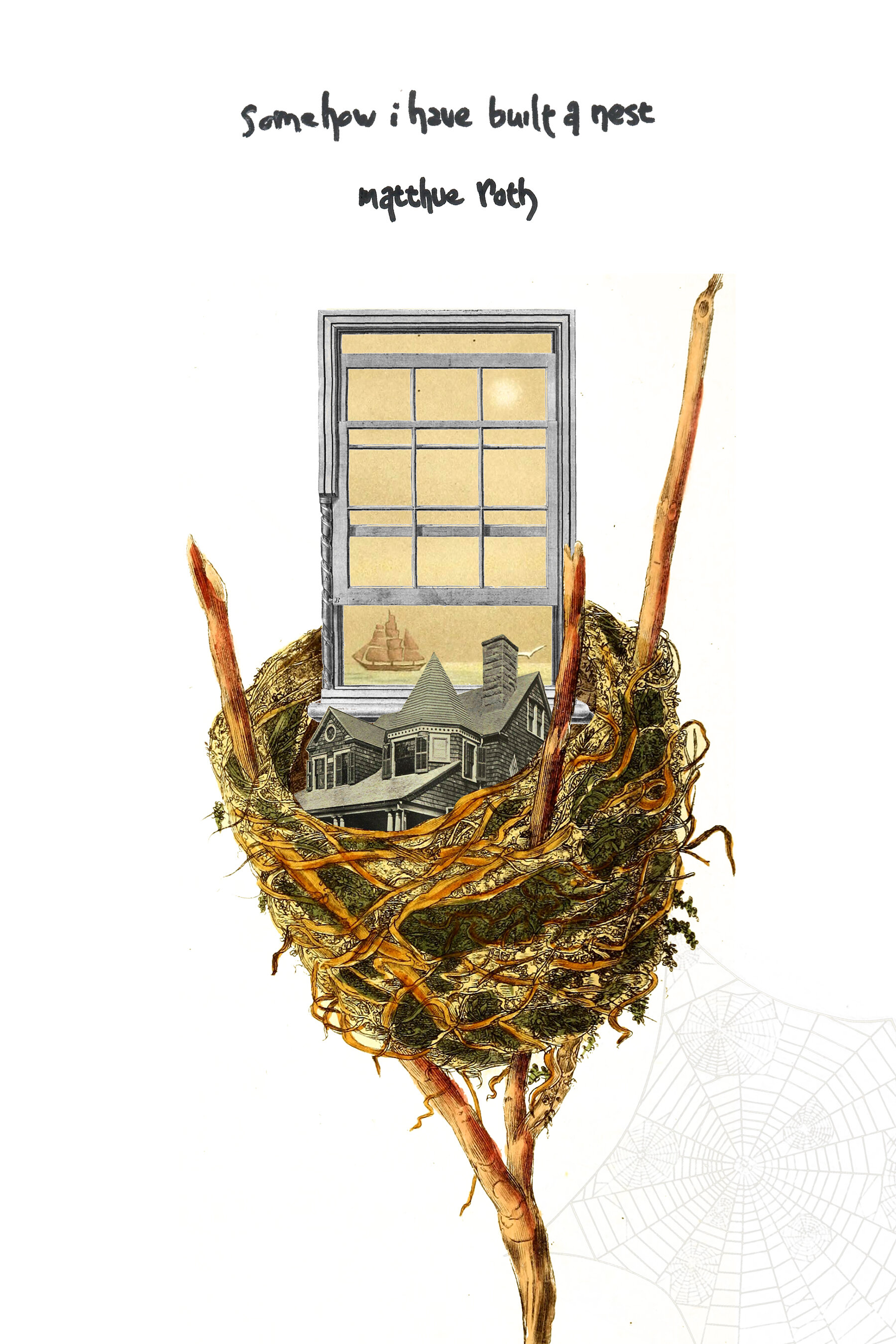For my screenwriting class today, we had to analyze a scene where the dialogue is multilayered, text vs. subtext, and where two completely different things are being said. Because I have to hand it in on a computer -- and because it's about Tales of the City, and you can never have too much Tales of the City -- I'm posting it here, too.
This scene (from Tales of the City) is a remarkably multilayered example of dialogue. In one way, it’s a cheat to use as an example of dialogue that says one thing and means another -- it’s flirting, after all, and flirting is by its very nature saying one thing and meaning another. But reducing this trio of interactions to flirting is as cheap as -- well, as Mary Ann Singleton is trying to be.
When the scene starts, Mary Ann is fresh off dumping her high-school friend and current roommate; she’s just found a new place to move. They went clubbing together, and the roommate brought home the (admittedly creepy) guy who was trying to make a pass at Mary Ann. Now she’s in the middle of a supermarket, checking people out in a decidedly not-supermarkety way. She’s emotionally wounded and volatile and looking to earn her power back. When she encounters this new creepy guy, the balance of power in the scene shifts remarkably -- he hits on Mary Ann, she turns him down, thereby gaining control of the interaction. She’s also not turning him down, per se -- she’s venting her frustration on her ex-roommate and being single and the whole singles scene. His parting shot is a last attempt to shift the balance of power in the scene to him. It works, momentarily -- she smarts, embarrassed. This provides a springboard for Robert, the hot mustached guy, to insert himself and get some cooking tips.
He’s polite, refined, respectful -- all these things are giving power back to Mary Ann. She thinks he’s flirting with her. She literally giggles with the transfer of power back to her. When she says you have to make hollandaise sauce “hot...really hot,” we know she’s talking in a multilayered rubric -- she’s totally coming onto him. It’s an interesting place in which the audience knows more than the character, not because we’re given background knowledge, but because we have more life knowledge than the character. We (at least, an expected plurality of the audience) know that Robert is blatantly, flamingly gay. Mary Ann, the poor dear, has no idear.
It works partly because it’s an in-joke, and partly because it doesn’t last that long. Also, partly because it does no real damage -- we still love Mary Ann, and we feel truly sorry for her when Robert’s hand is played. Author Armistead Maupin, and director Alastair Reid, crafted this interaction to be embarrassing and humbling, sexy at the same time that it’s completely undermining its sexiness. And the real treat of it all is the introduction, at virtually the last second, of Michael Tolliver, Robert’s boyfriend -- who, ten minutes or so later, will reappear and become one of the principals of the cast. He’s involved in the scene almost not at all, except for an amiable last-minute introduction between he and Mary Ann. He says almost nothing. However, the cumulative actions and emotions from the scene tumble onto his character, and when we remember the scene, we remember him -- the harmless gay guy in love, inserted in the middle of the trashy Social Safeway. He was the only one using the Safeway for its given purpose. He was actually trying to cook dinner. But the moment he shares with Mary Ann in recognizing their shared attraction to Robert, stays with us as the defining moment of his character.
Bonus: Here's Mary Ann's intro scene.
Wednesday, May 8, 2013
Tension and Subtext in Tales of the City
Labels: san francisco, screenplays, tales of the city, writing
Posted by matthue at 2:58 PM
Subscribe to:
Post Comments (Atom)

















No comments:
Post a Comment